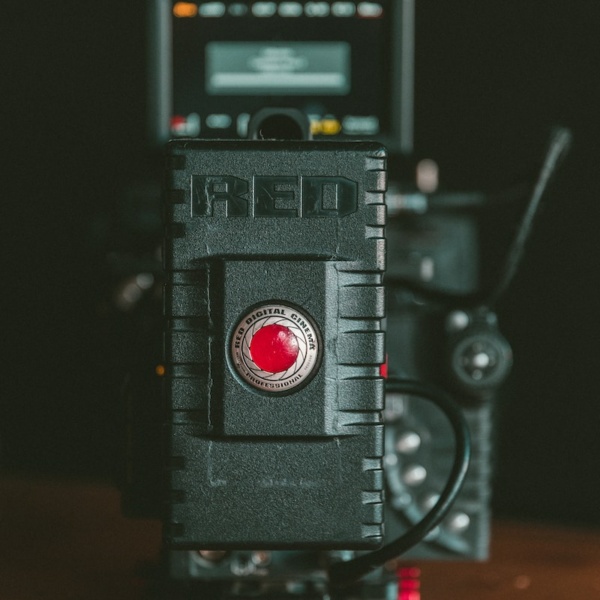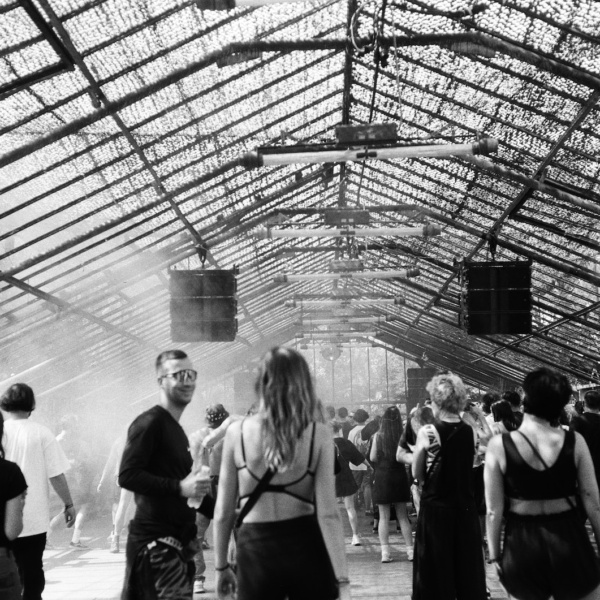
Greetings, my fellow movie aficionados! Emma here, your trusty guide through the reel world, and today, we’re delving into the intriguing realm of censorship in Hollywood. Buckle up for a ride through the twists and turns of controversial films and the enduring legacy they leave in their cinematic wake.
The Hays Code Era: Where Kisses Were Counted and Morality Was Mandated

Ah, the Hays Code – Hollywood’s attempt at moralizing the silver screen. Back in the day, the production of films was governed by a set of guidelines known as the Motion Picture Production Code, named after its chief proponent, Will Hays. This code, in place from the 1930s to the 1960s, sought to ensure that films adhered to strict moral standards.
Imagine a world where kisses had a time limit, and villains always met their rightful demise. While the Hays Code aimed to keep Hollywood on the straight and narrow, it birthed a legacy of rebellion as filmmakers, with a twinkle in their eyes, sought to push the boundaries.
Breaking the Chains: “The Miracle” Hollywood Unleashed
One film that defied the Hays Code and caused quite the uproar was “The Miracle” (1959), directed by Roberto Rossellini and co-written by Federico Fellini. This little gem, or should I say bombshell, dared to explore themes of religion, sexuality, and the human experience.
The story revolves around a mute peasant girl who believes she’s the Virgin Mary. Now, imagine trying to slip that past the Hays Code! Unsurprisingly, the film stirred controversy, facing accusations of blasphemy and indecency. Ah, the sweet taste of rebellion!
The Notorious ’60s: Enter the Era of Social Upheaval

As the swinging ’60s rolled in, so did a wave of social upheaval, and Hollywood was not one to shy away from the party. Censorship norms loosened, allowing filmmakers to tackle more provocative themes with a newfound boldness.
Enter “Who’s Afraid of Virginia Woolf?” (1966), a cinematic masterpiece that delved into the complex dynamics of marriage. With themes of alcoholism, marital strife, and biting dialogue, the film pushed the envelope, earning itself an infamous reputation. Yet, it also garnered critical acclaim, showcasing that controversy could be a double-edged sword.
The MPAA Ratings System: From Code to Classification
In 1968, sensing the winds of change, Hollywood bid adieu to the Hays Code and ushered in the era of the MPAA ratings system. No longer were filmmakers beholden to a rigid set of moral guidelines; instead, films were classified under categories such as G, PG, R, and the ominous NC-17.
This newfound freedom birthed a diverse range of cinematic voices, but not without controversy. Take “Last Tango in Paris” (1972), a film that danced on the edges of acceptability with its explicit sexuality and controversial subject matter. The ratings system allowed for such films to exist, challenging societal norms while also prompting heated debates.
The Satirical Riot: “Monty Python’s Life of Brian”

Ah, the irreverent charm of Monty Python – a comedy troupe that never shied away from poking fun at sacred cows. In 1979, they unleashed “Monty Python’s Life of Brian,” a satirical masterpiece that took aim at organized religion, political zealotry, and pretty much everything in between.
Unsurprisingly, the film faced bans in several countries and was met with protests from religious groups. The controversy, however, only fueled its popularity, cementing its place as a satirical gem that stood the test of time.
The ’90s and Beyond: A New Wave of Controversy
Fast forward to the ’90s and beyond, where controversy continued to be a lively companion in Hollywood. “Natural Born Killers” (1994) directed by Oliver Stone, for instance, stirred up a storm with its visceral portrayal of violence and the media’s glorification of criminals.
The film’s stylized violence and biting critique of the media’s role in sensationalizing crime ignited debates about the influence of movies on real-world behavior. Hollywood, it seemed, was still in the business of pushing buttons and challenging societal norms.
Conclusion: Lights, Camera, Controversy!

As we navigate the labyrinth of Hollywood’s tumultuous relationship with censorship, one thing becomes clear – controversy and cinema are inseparable bedfellows. From the Hays Code era to the MPAA ratings system, filmmakers have danced on the edge of acceptability, daring audiences to question norms and challenge the status quo.
So, my fellow cinephiles, the next time you find yourself watching a film that sparks debate and divides opinions, tip your hat to the rebellious spirit of Hollywood. After all, in the world of cinema, it’s not just about what happens on the screen; it’s about the conversations, debates, and reflections that unfold off-screen, leaving an indelible legacy in the annals of film history. Keep watching, keep debating, and above all, keep the popcorn popping!


